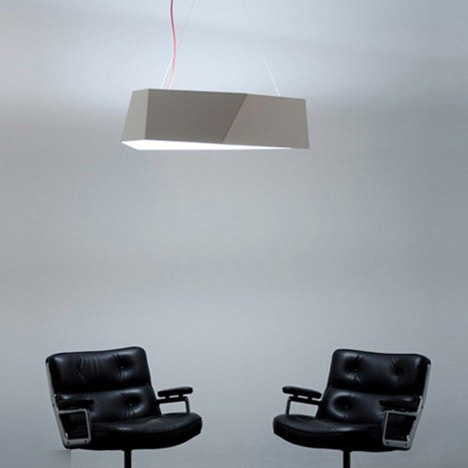Under such circumstances, you may probably choose to use step-down (wide voltage) constant-current sources, like using 10V-30V constant-current power suppliers to realize the LED dimming technology. However, this kind of step-down constant-current source still has defects. When the forward input voltage has been adjusted into a certain low level, the load current of LEDs will be forced down to a very low level. This would dramatically increase the entire potential (voltage) of load (LED lights), even exceeding the normal working range of this step-down constant-current source (causing flicker). Working in the low brightness conditions for a long time will decline the efficiency of step-down constant-current sources and increase the working temperature in the mean time. Since the efficiency of step-down constant-current sources has directly relations with the potential drop ratio. The larger the potential drop ratio, the lower the efficiency, and more power will be consumed, causing obvious damages to power suppliers and the service life of lighting sources.
Commonly used incandescent lamps and halogen lamps usually used SCR dimming technology. Since all of them are purely resistive devices, the input signal of these lamps are not necessarily sine waves like LED lighting devices required. The waveform of current will be indentified with the waveform of voltage forever. Thus regardless of the distortion of the input voltage waveform to a sine wave, changing the effective value of input voltage can realize the dimming effect. However, the SCR will bring unexpected problems to LED dimming technology: LC filters in the input side will bring vibrations to SCR. This vibration has no effects on incandescent lamps, since the thermal inertia them hardly can be captured by human eyes. But this vibration will exert very obvious influences on LED power suppliers, causing audio noise and flickers. Besides, SCR dimming will also destroy the waveform of sine waves, reducing the power factor (normally less than 0.5). In order words, SCR dimming dramatically decline the lighting efficiency of LED lighting systems. Sometimes, SCR dimming technology will increase harmonic coefficients, generating non-sinusoidal waveforms, which will be a serious interference to single (EM), polluting the power grid. In serious conditions, the entire power grid will be failed. Either step-down constant-current sources or SCR dimming sources are suitable for LED dimming technology. Some people may ask: what on earth type of dimming method is the most appropriate for this new lighting technology?

